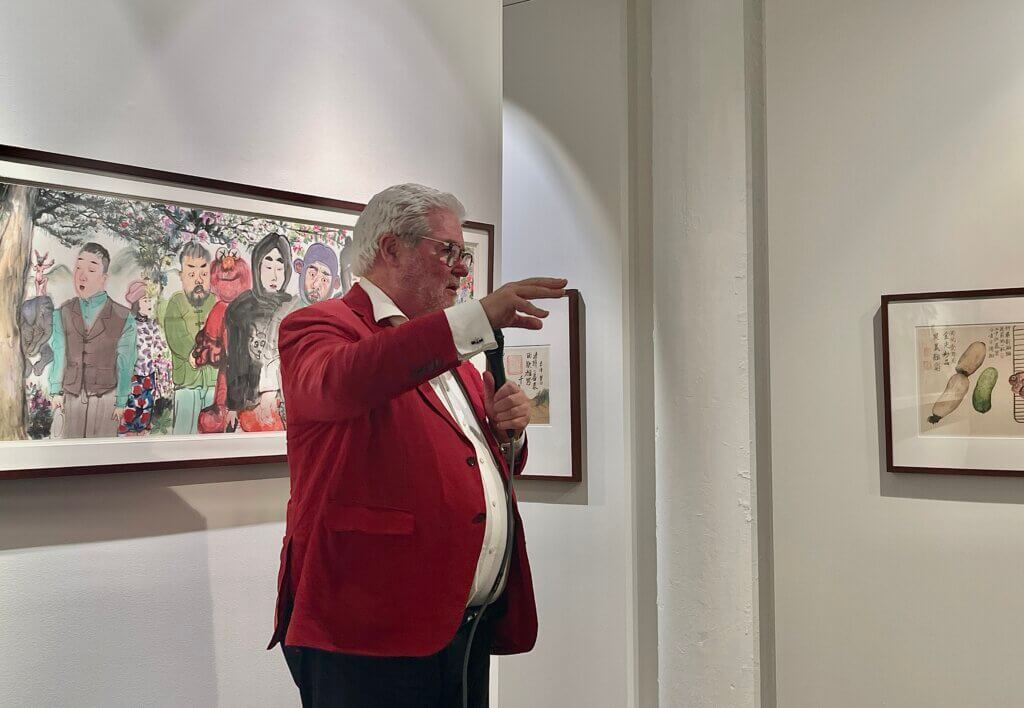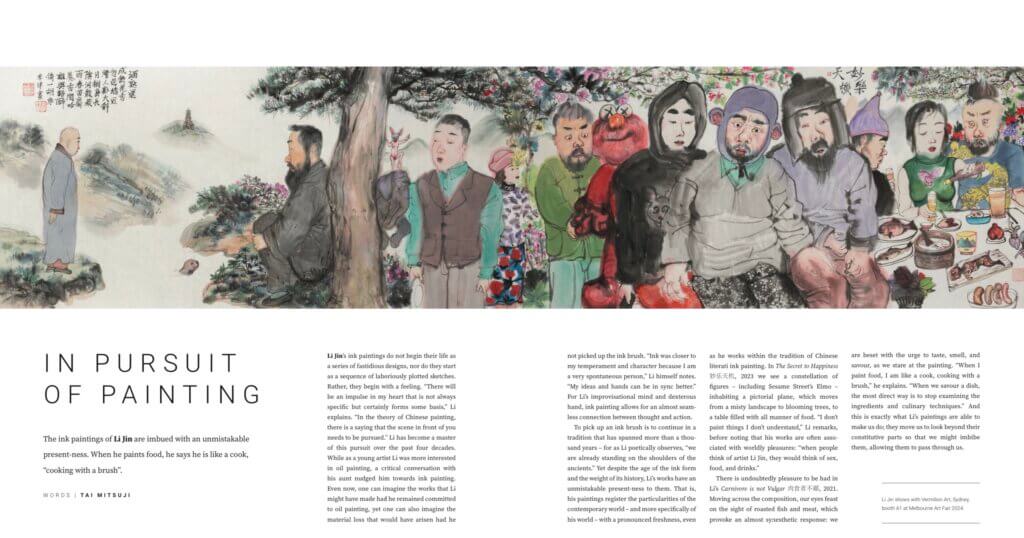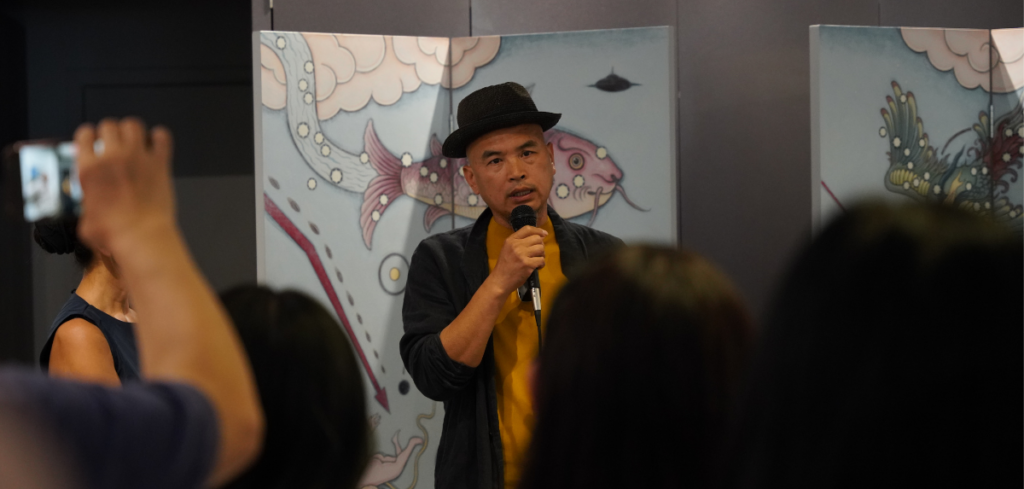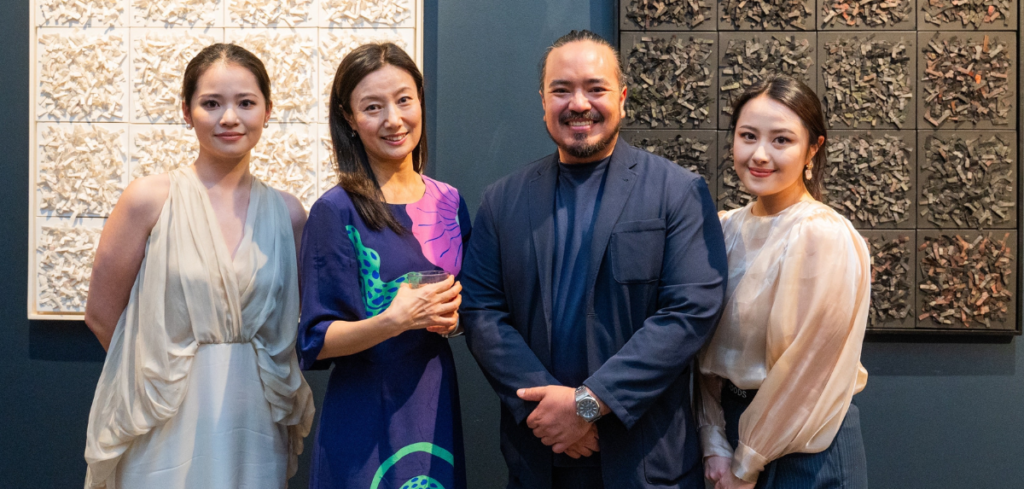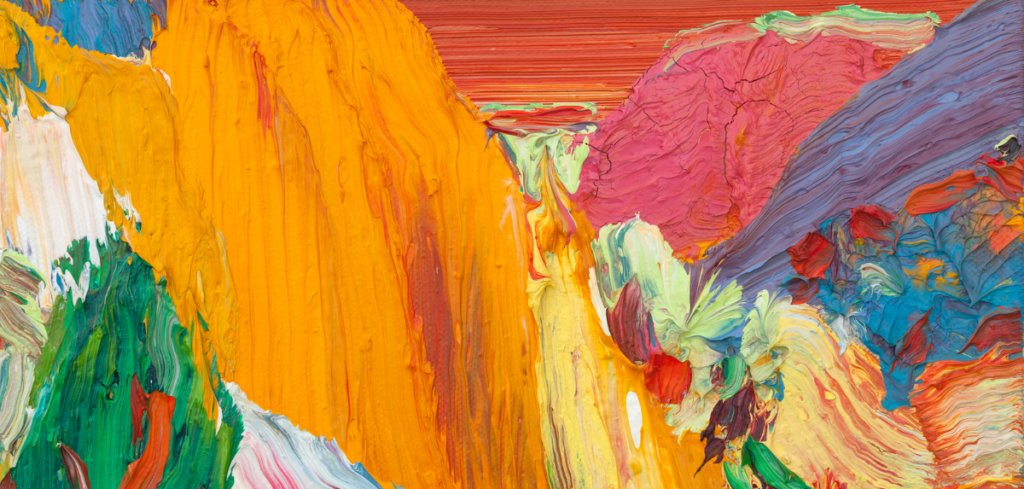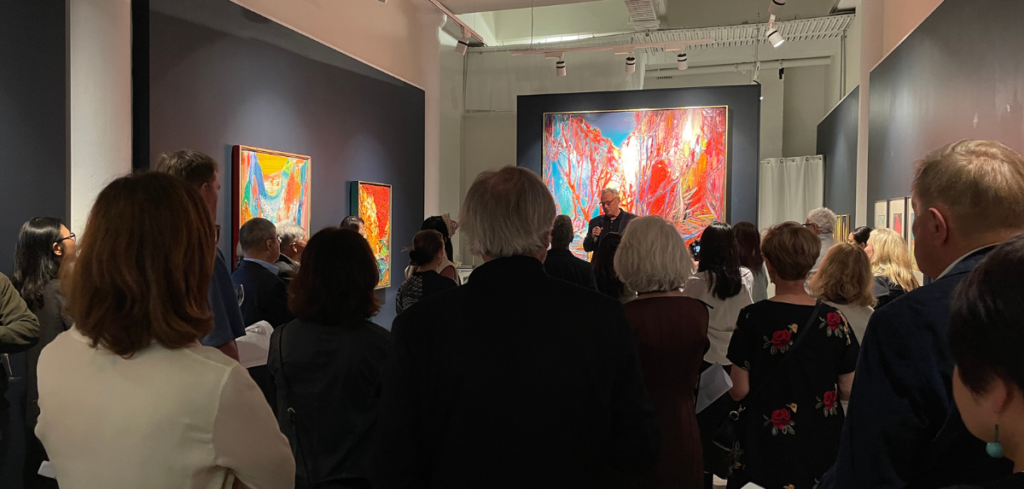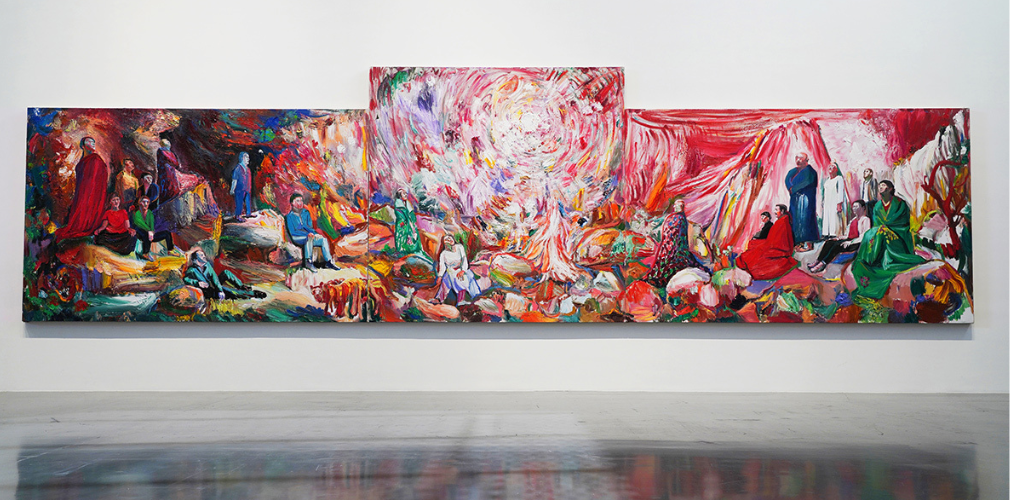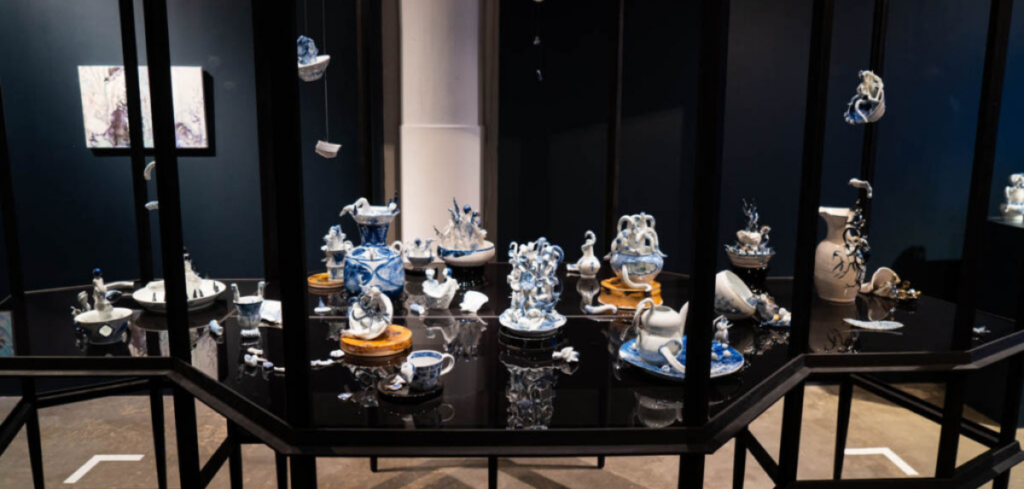Art Collector magazine, Melbourne Art Fair 2024 Special Edition
The article ‘In Pursuit of Painting’ by Tai Mitsuji is featured in Art Collector magazine, Melbourne Art Fair 2024 Special Edition.
Read More >Contemporary Landscape: an Interview with Yin Zhaoyang
“I hoped that when we bring Shan Shui (landscape painting) back to our generation, it will be something different.” – Yin Zhaoyang, in interview with Vermilion Art to mark his first solo exhibition in Australia, Soul Mountain.
Read More >Strange tales from a Chinese studio: Geng Xue’s porcelain imaginary
GENG XUE’s exhibition review by Dr Luise Guest is featured in Garland Magazine. “Chinese artist Geng Xue’s (耿雪) solo exhibition at Sydney’s Vermilion Art—her first in the southern hemisphere—transforms the gallery space from the conventional western white cube into something resembling an eighteenth-century cabinet of curiosity or wunderkammer.”
Read More >
